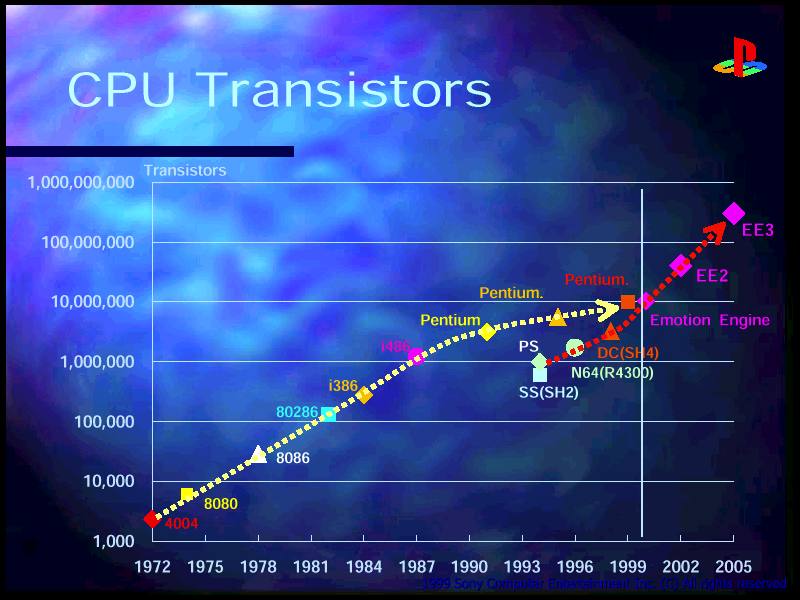version said:"4. SCE will use shrunken version of cells for BE. (half-sized SRAM, single precision, optimized logic, ... )"
no, SPE use only double precision floating multiply for FDIV and SQRT with newton-raphson metod
for parallell with single floating multiply
double precision circuit only 64 bit simple
Thanks for good info.
Hmm.. could I remove 'single precision' from my assumption then?


